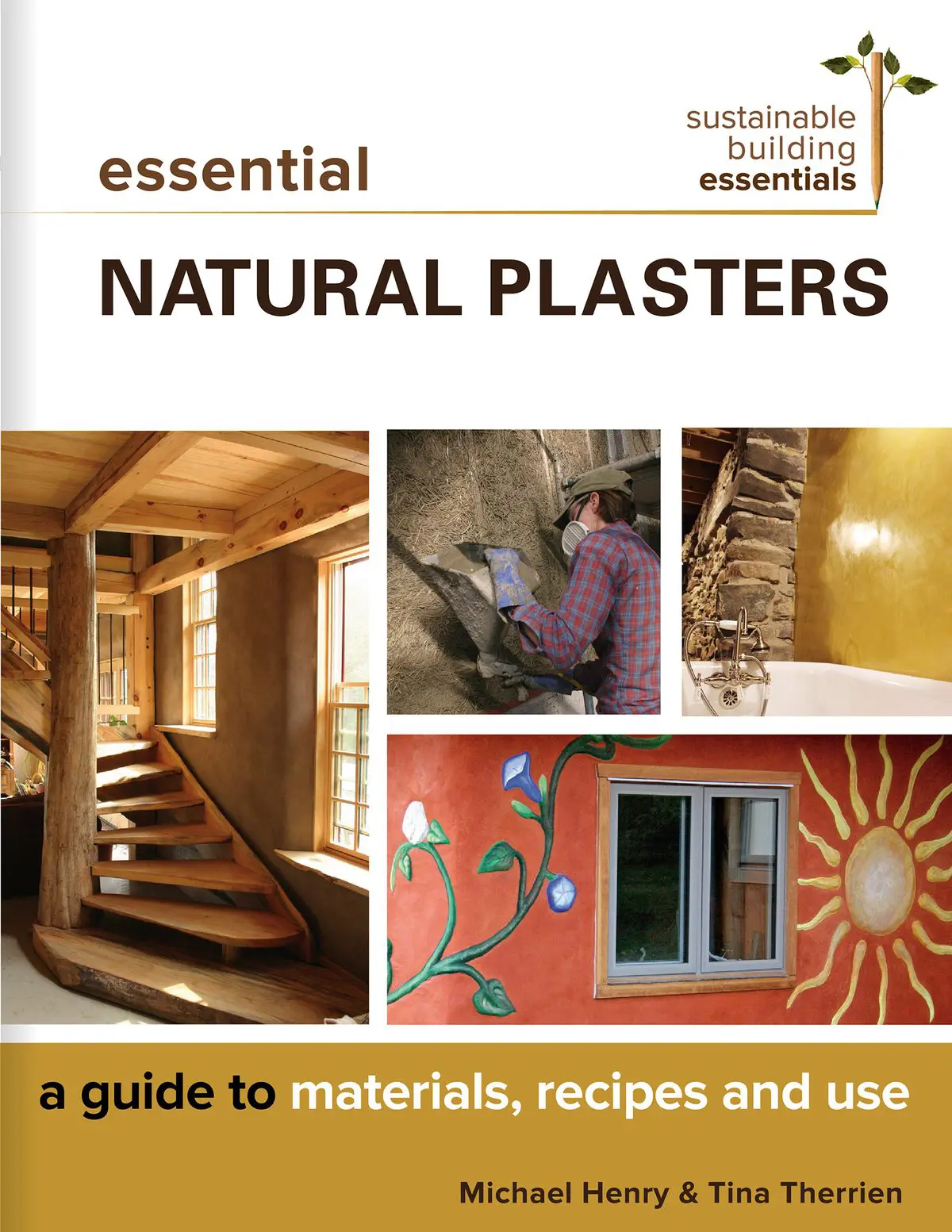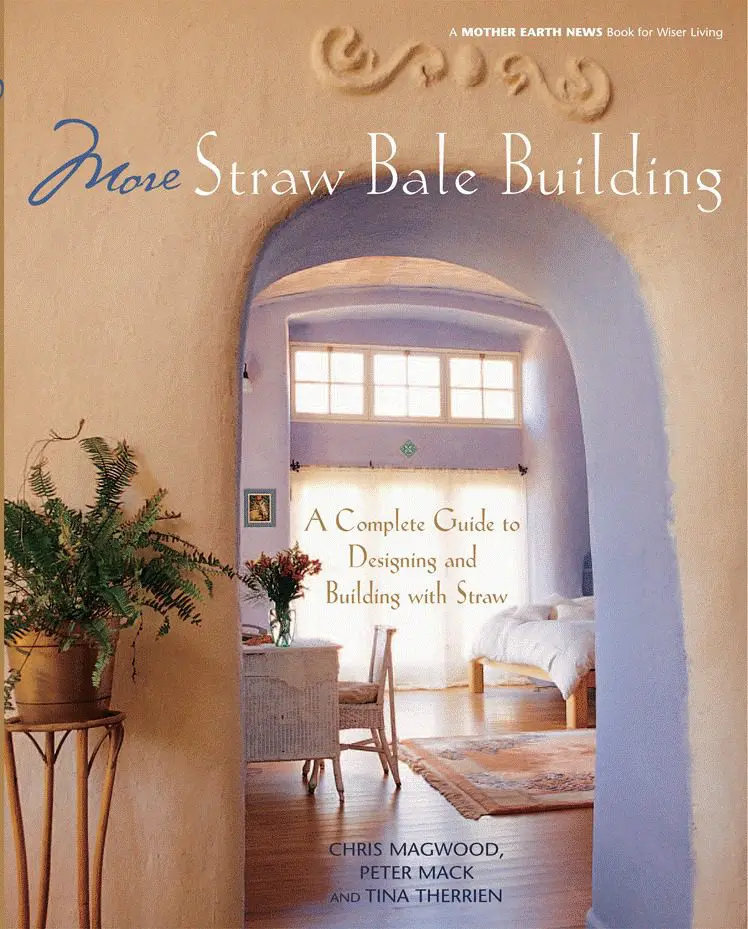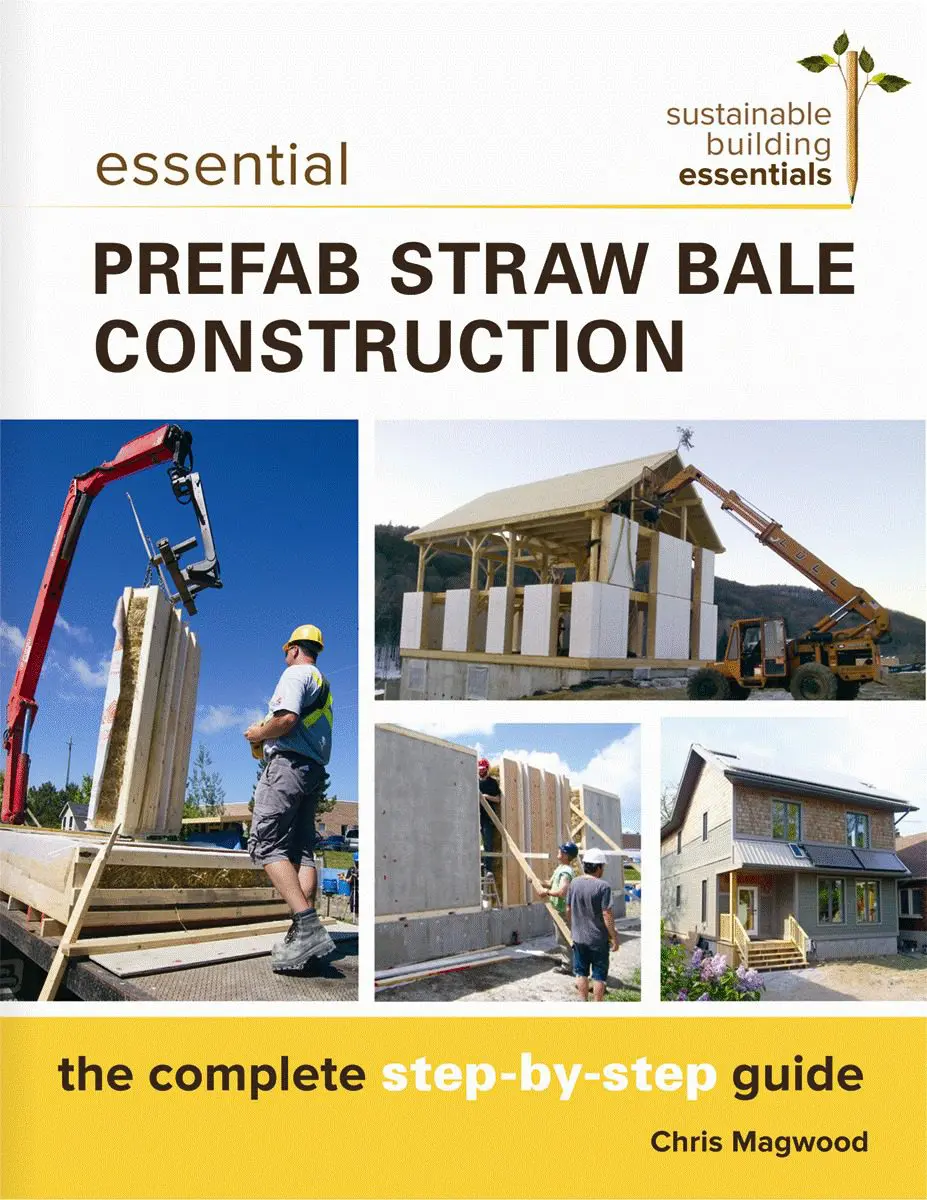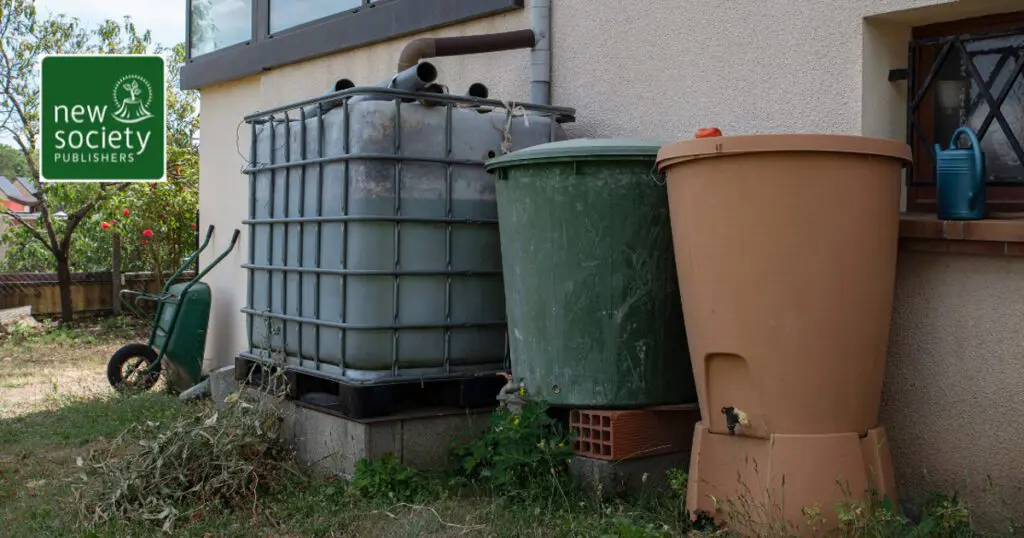
Tina Therrien, co-author of Essential Natural Plasters, has been working with natural plasters for decades. Today, Tina examines the role of natural plasters in adapting buildings within the context of global warming and climate change.
Where I live in Quebec, we’re not accustomed to the haze of smoke from wildfires that our neighbours out west experience every year, but lately, we have also been subject to the smoke-induced fog resulting from so many out-of-control fires blazing across the province. It’s shocking how far the smoke from these fires has travelled — to neighbouring states in the U.S., and even all the way to Europe. It’s a sobering reality.
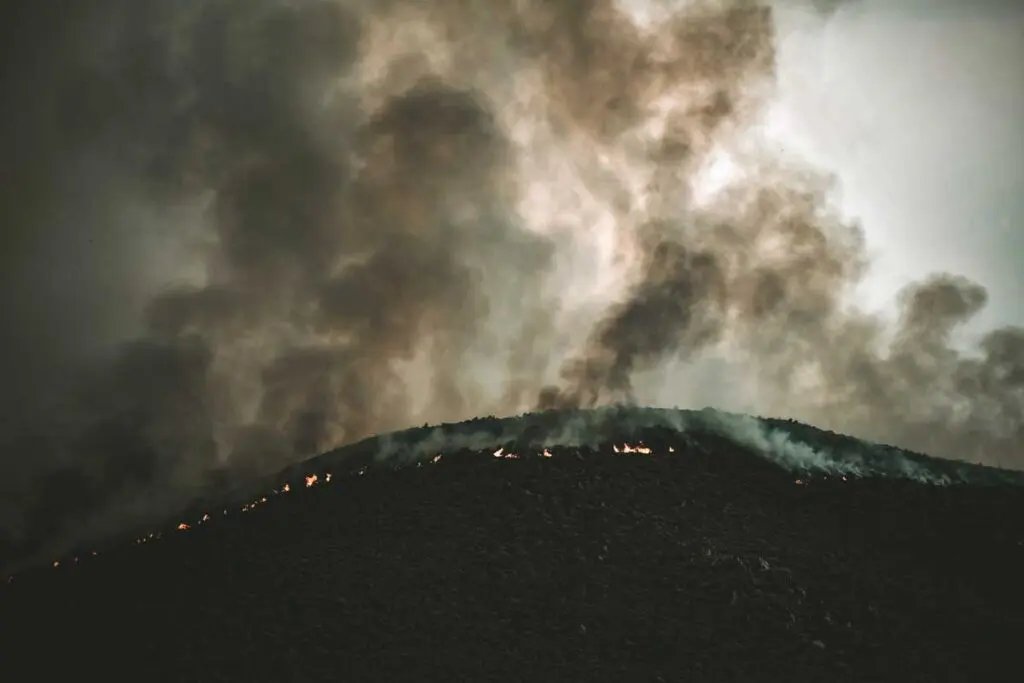
With this new shift in our air quality ratings, and the reality of climate change in our midst, I find myself questioning new builds, new purchases, and new anything. I feel that the “greenest” building we can build is not to build at all. Saving an old house with an energy-efficient healthy retrofit can be rewarding to the renovator, a nod to the past, and a relief for the planet.
If one must build from scratch, the first thing to consider is what is the smallest possible building you can imagine building…and then see if you can make it even smaller. What natural materials are nearby? What scavenged materials are on hand? Can you skip the special tape from Europe, along with those imported ultra high-end energy-efficient windows in lieu of materials made closer to home?
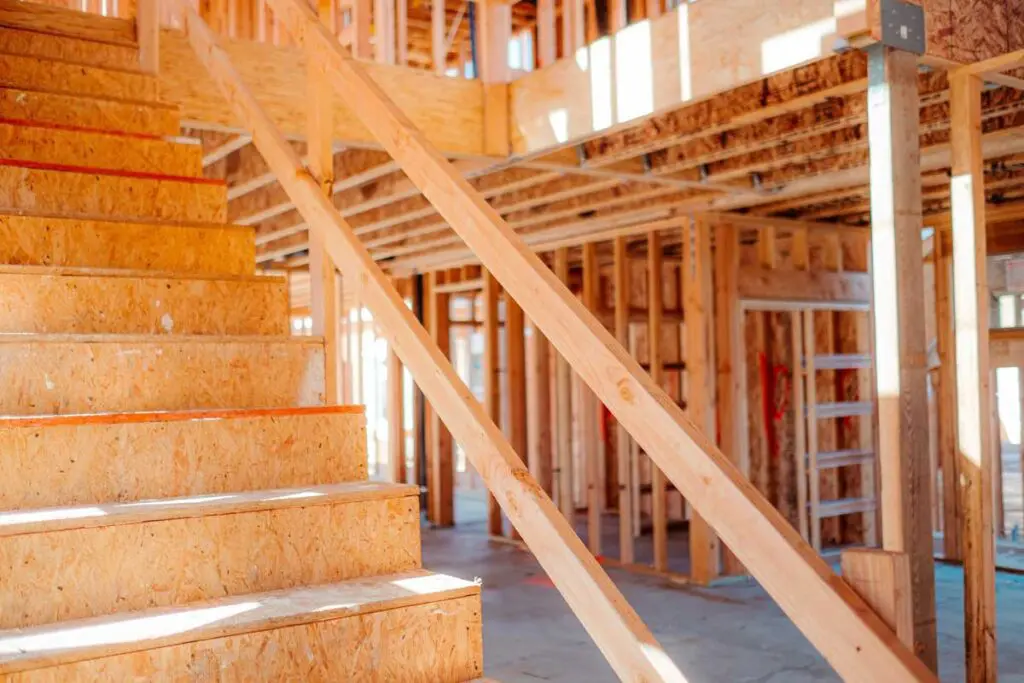
On our homestead, all of our outbuildings are constructed and furnished with what we have nearby, what we scavenge, what our neighbours pass on to us – from windows to furniture to wood. We’re avid collectors, but we definitely put our collection into use. And being timber framers, we also end up with many leftover building materials that get cycled into new projects.
As a former straw-bale builder turned timberframer/homesteader, I was excited about the round building at our place. There used to be yurt on a wood platform, and we didn’t want the floor to rot, so we put up a reciprocal roof gazebo made of recycled telephone poles, old bridge girts, and some rafters from thinning out our forest. Finally, after more than a decade of building with bales, I was to have my very own straw bale building…until a neighbour brought us four free pallets of a wood fibre wallboard that we just couldn’t refuse. As my dream of a bale house vanished in a puff of wood-fibre dust, my husband and I experimented with the best way of installing these panels (in place of bales), strapping the building with some freshly milled poplar from our property. The poplar bends when it’s green, and then stays bent forever.
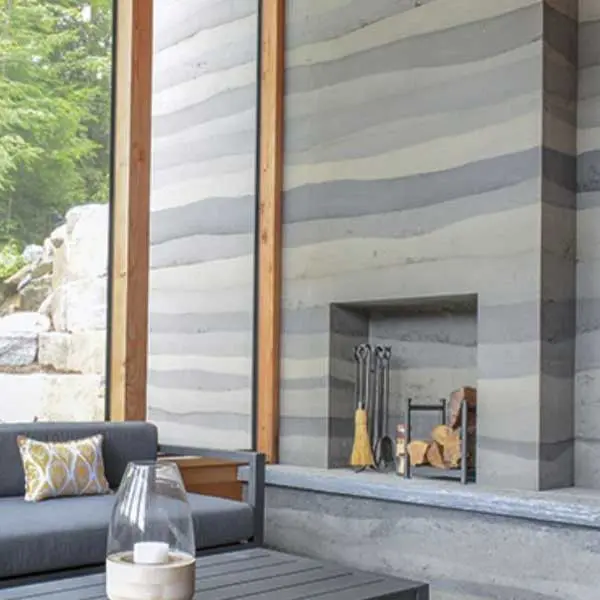
Once we installed the panels, it was time for plaster!
We weren’t even sure if plaster would adhere to these fibre boards, but we were game to try. We had various barrels of clay slip steeping away (as any plasterer can identify with), buckets of leftover tadelakt plaster from a job from years gone by, and some lime putty to choose from. But as for the recipe…well, I have been away from plastering/mixing for over a decade now, so the recipes aren’t ingrained in my mind the way they once might have been. Thankfully, I pulled my precious copy of Essential Natural Plasters: A Guide to Materials, Recipes, and Use from the shelf, and scanned the pages to see what we would dive into.
Would it be Fat Plaster from Kaki Hunter and Donald Kiffmeyer? Or Tom Rijven’s La Couche de Corps? I excitedly pored over the recipes to see what we could readily mix up with the materials at hand, and I realized again that this book is a treasure. In this one manual, there is such a great variety of recipes from some of the most respected plasterers in the natural building world, covering base coat recipes to finish coat recipes, along with notes and tips from each of the authors. In the same way that Julia Child immersed herself in The Joy of Cooking when she was first learning how to cook, I would have loved to have had a copy of Essential Natural Plasters when I was first starting up in the straw bale world.
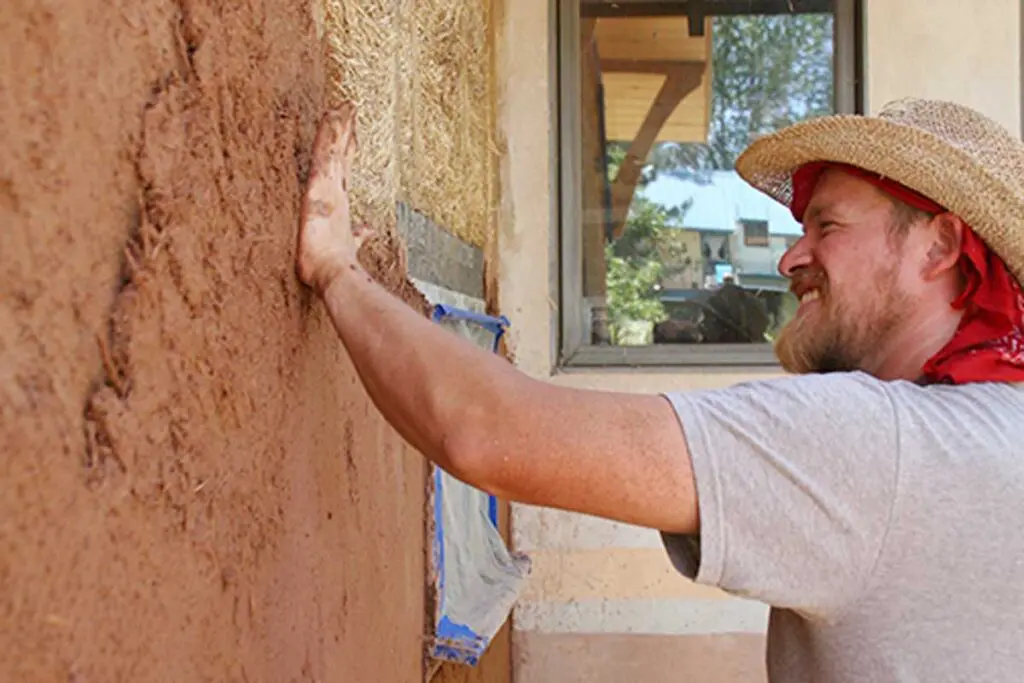
And so began our journey into plastering the non-straw bale round house. The plaster stuck nicely to the wallboards – whew! We mixed up a thicker, more fibrous mix to fill in the joints between panels and level out the wall, based on Carole Crews’ Straw-Clay Mud recipe (she credits Bill Steen). New Framework’s Lime-Stabilized Base Coat Using Bagged Clay or Site Clay proved really useful for our project, especially since we had such a quantity of local clay and bags of lime on hand. We opened a well-sealed, vintage bucket of tadelakt plaster from a previous plastering job that was still oh! so good for one section of wall (there is a recipe for this in our book based on a workshop taught by Ryan Chivers). Many decades into my natural building journey, Essential Natural Plasters is a useful guide as I dabble in plastering projects at home, and it has been helpful when consulting with new builders taking the plunge into the world of plastering.
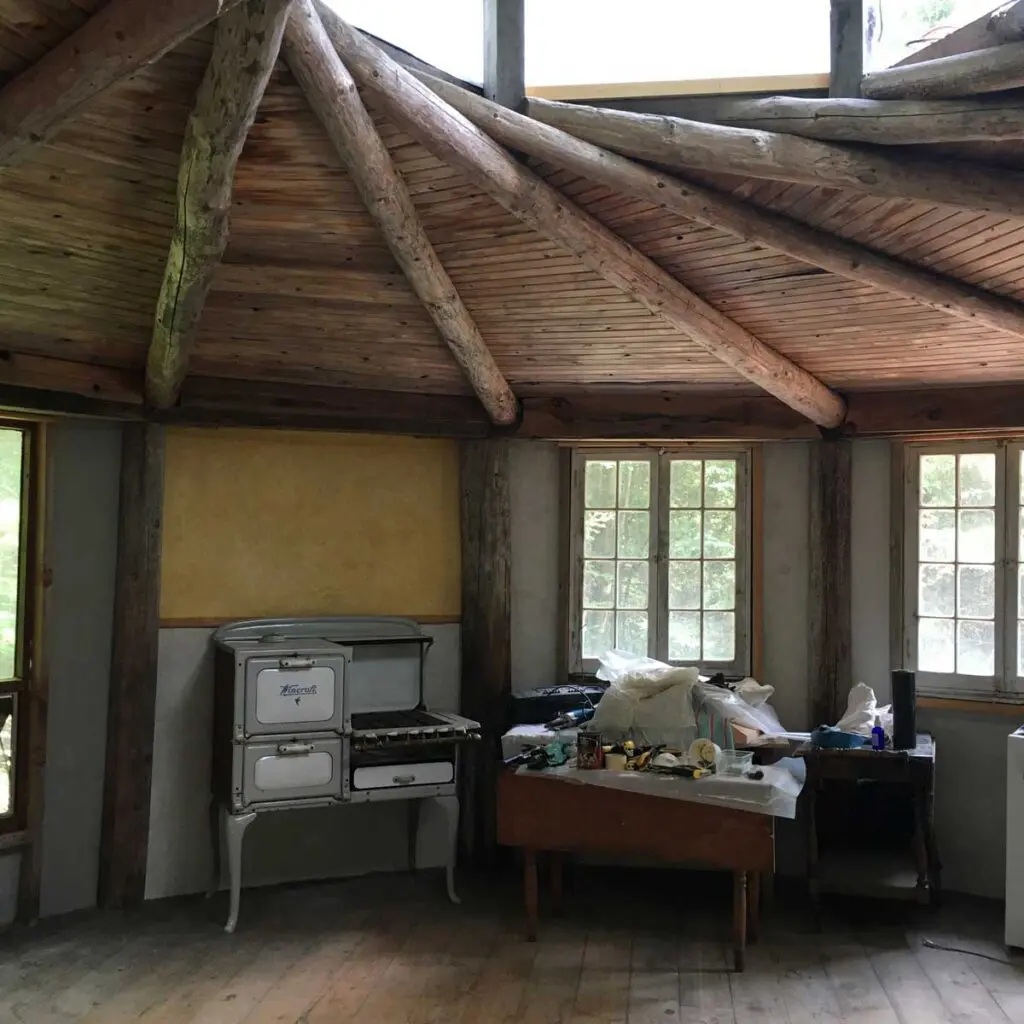
I’m a bit of a nerd with cookbooks, pouring over them with a cup of coffee many mornings, and in the same way, I peruse Essential Natural Plasters with much enjoyment. Collecting those recipes from professionals living in many different regions around the world was so much fun. Imagine our surprise (co-author Michael Henry and myself) when everyone said yes, they would love to participate. What an honour to have such valuable contributions. Without them, it wouldn’t be much of a recipe boo
Copies of Essential Plasters may get a bit dog-eared, with a few blobs of plaster splashed onto them, in the same way that a beloved and well-used cookbook gets splattered with cookie dough. And truthfully, the recipes are guidelines, and we have been playing with ingredients that we have here at home, as any avid cook would do.
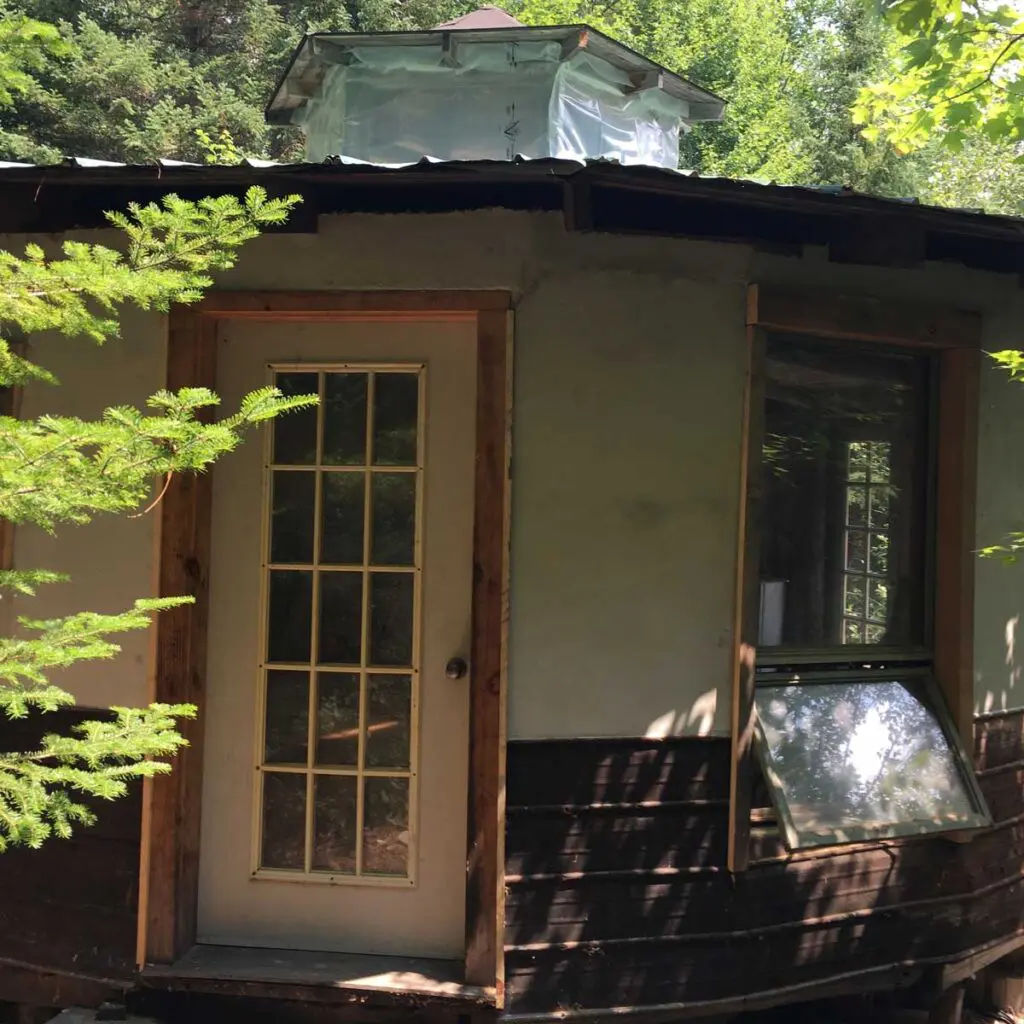
With recipe names like Chevy Tadelakt, Super Sticky Upside-Down Mix, and Finish Coat with “Mayonnaise,” the titles are intriguing enough to lure in even the non-plasterers in the room. And so, on this beautiful day in Quebec, I contemplate heading out to our round house to continue plastering the exterior of the non-straw bale building, and I am overjoyed. The smoke haze has even cleared for the occasion.


